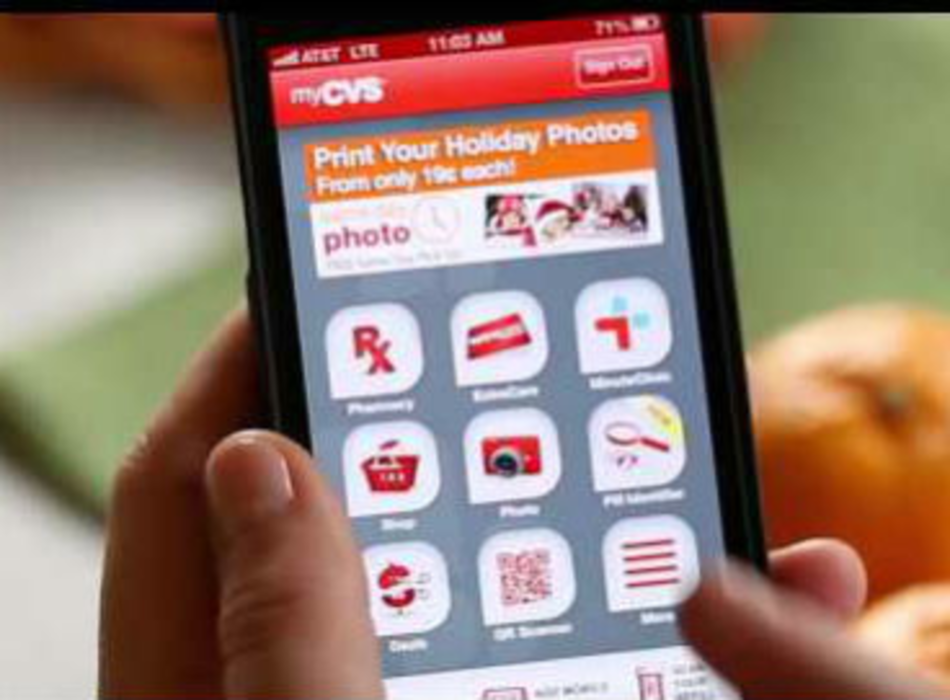Where can digital have the greatest marketing impact? Where the interactions are as much about service as they are about marketing.
That’s how CVS/Caremark approaches digital today. “We look at digital to be transformation to CVS and to the industry as a whole,” SVP and chief digital officer Brian Tilzer said during his keynote at eTail East this morning. The company’s goal is to deliver a better and more personal and integrated healthcare customer experience. “Digital can help us help customers take more control of their health,” he added.
Tilzer put the situation and opportunity for CVS—and its competitors—into context with such data as:
- Healthcare reform is expected to add about 25 million newly insured per year over the next few years
- About $1 trillion is spent on medication for chronic disease annually
- Consumers abandon approximately 110 million prescriptions each year
- Non-adherence to prescriptions leads to $290B is preventable medical costs
It’s in this context—and the awareness that the healthcare industry as a whole has a poor image in terms of customer experience—that CVS is using digital to support its customers and its business, Tilzer said, adding that the company’s mission is “empowering connected health” through “people, service, and expertise to deliver the most accessible and integrated personal pharmacy and health experience.”
Accomplishing this takes customer insight. So CVS digs into its data in the aggregate to see trends and broader pain points and at the individual level to deliver personal offers, communications, and experiences. Its key source of data is its ExtraCare loyalty program, which has more than 70 million cardholders.
Tilizer cited several examples of how the company is using digital to improve the customer experience in a more personally relevant way. For instance, CVS just launched a drug information center on its website and mobile app that exposes to customers the data formerly just available to its pharmacists. So, for example, if a customer is taking a specific prescription but wants to purchase over-the-counter cough medicine, she can check the drug information center for possible drug interactions before making the purchase. Tilzer pointed out that offering tools like this is as much about marketing as it is about customer service, because these tools—and services like prescription refill reminders—not only save customers time and improve their customer experience, but they also help to increase the company’s sales as a result.
A growing area of importance for CVS is mobile technology. “It’s revolutionizing our business,” Tilzer said. “The ability to have information access anywhere, anytime—for healthcare especially—is invaluable.” Customer response seems to prove this out: “Mobile app downloads have surpassed anything expected and anything I’ve seen,” he said, noting that traffic from the CVS mobile site and app increased 250% from 2012 to 2013 and 37% of digital prescription refills are via mobile.
According to Tilzer, this is just the beginning of CVS/Caremark’s digital journey. “We’re focused on building the team, business, and culture to support innovation,” he said, adding that a critical enabler of innovation is willingness to invest in it. And, he said, CVS is doing just that.








